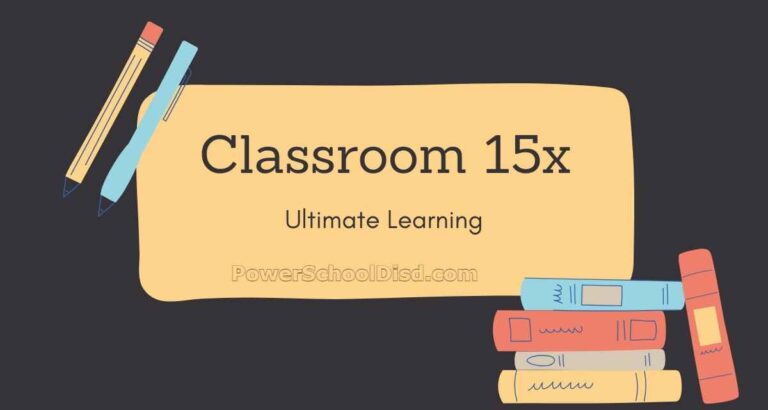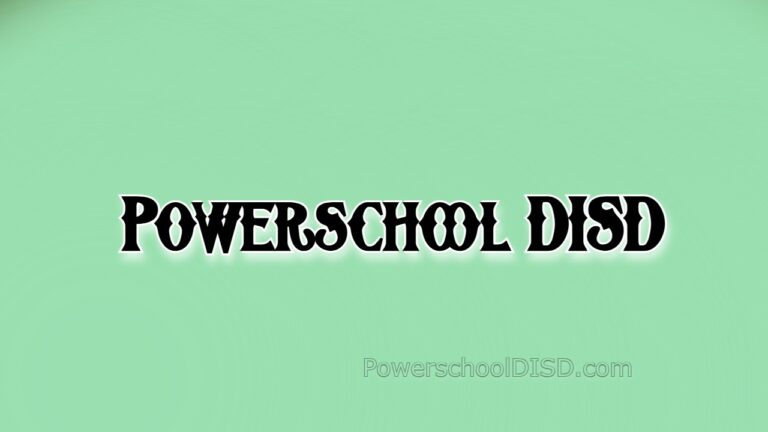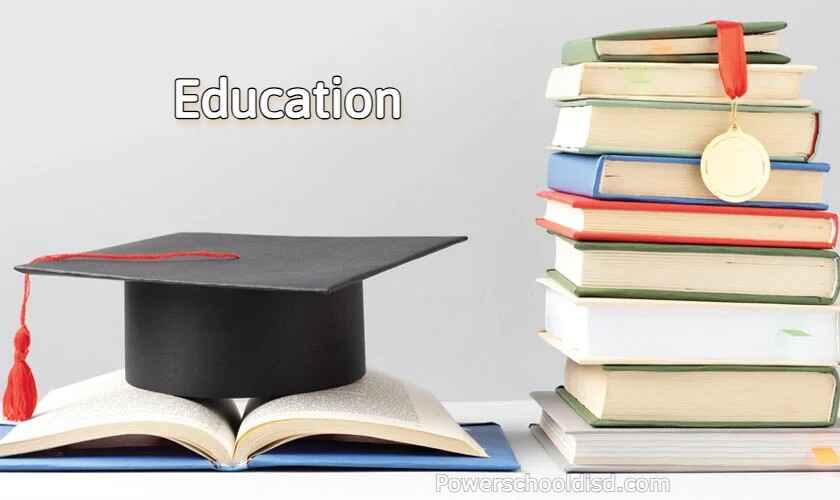
Introduction
What happens is that education is not like what it was decades ago while with the technological and social world revolutions called upon innovation in learning styles for bettering society education.
While the modern systems of education meet new approaches testing creativity with critical thinking, self-centered learning has become a reality today.
This article will try to address some of the most innovative education methods that are revolutionizing learning today and enabling students with the skill sets required by an ever-changing world.
What is Innovative Education?
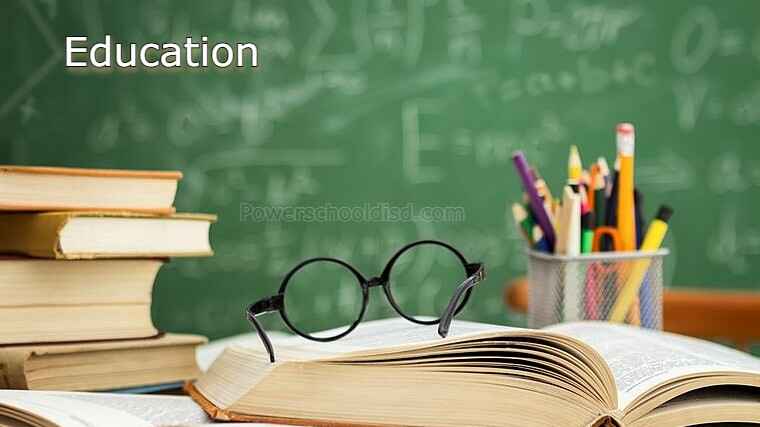
Innovative education provides students with a new and innovative learning technique, tool, instrument, and way to enhance learning capability.
In the context, this is also a product of innovation because it came from old and traditional forms of teaching that embrace technology, collaboration, and experiential learning as approaches for preparing children in better ways toward readiness in the future.
This would involve innovative education, meaning making learning more interactive and meaningful with technology, hands-on activities, and project-based learning. It’s to influence students to be active learners, have curiosities, and love their discovery journey.
Role of Technology in Modern Education
Modern education is the basis of technology. It brings new methods of learning, cooperation, and communication within one classroom.
Such digital tools as tablets, an interactive whiteboard, and a learning management system made classrooms much more interesting places in which students would rather learn.
The internet-based learning resources democratized access to education. Available online are Khan Academy, Coursera, and edX. Students can access a variety of courses on these websites and study at their own pace. Hence, they will learn from specialists in the respective fields.
As such, online learning is very beneficial to those individuals who possess commitments to be measured against learning time.
Project-Based Learning: Learn by Doing
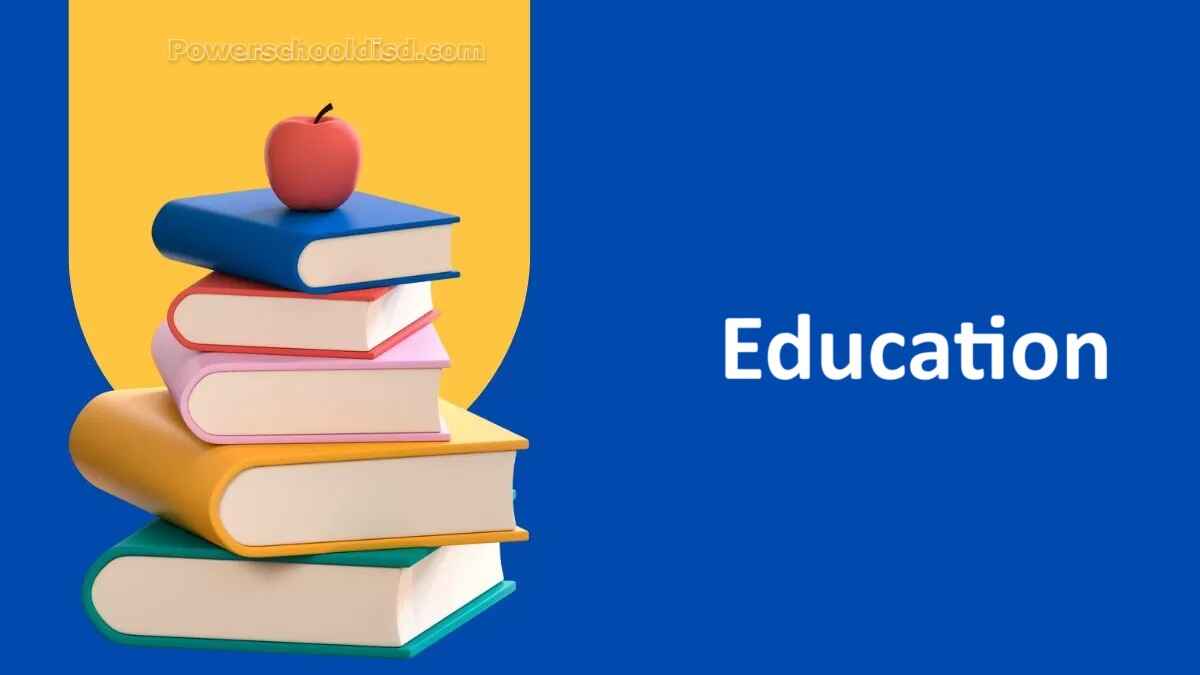
The most exemplary innovative techniques in education include project-based learning, or PBL. In this regard, the students would be engaged working on a problem or project for some time using all they have learned and amassed in skills for sure delivery of real world solutions.
It helps instill teamwork, critical thinking, and problem-solving abilities in them as well as getting the students prepared for careers in real life, where such skills are quite prized.
PBL is learning. The experience would teach them better than the textbook. Whether it’s a model, anything one studies, or an effort to solve a problem in society, PBL teaches the children that what they learn in school can be transferred to the world.
Personalized Learning: Tailoring Education According to Individual Requirements
Another method of revolutionizing education is the concept of Personalized learning, where it acknowledges the fact that everyone learns uniquely and at their own pace.
Personalized learning tailors lessons, assignments, and assessments to a student’s strengths, interests, and needs, but will never allow a student to be left behind.
The learner develops his or her personal goals, captures resources that will assist him in the learning process, and receives particular support if needed in a student-centered learning environment.
This way, the learners can acquire mastery of their learning process and, consequently, build their self-regulatory skills. Teachers become facilitators who guide the students to deliver to their best potentials with the help of feedback and guidance.
Flipped Classroom: Learning outside the classroom
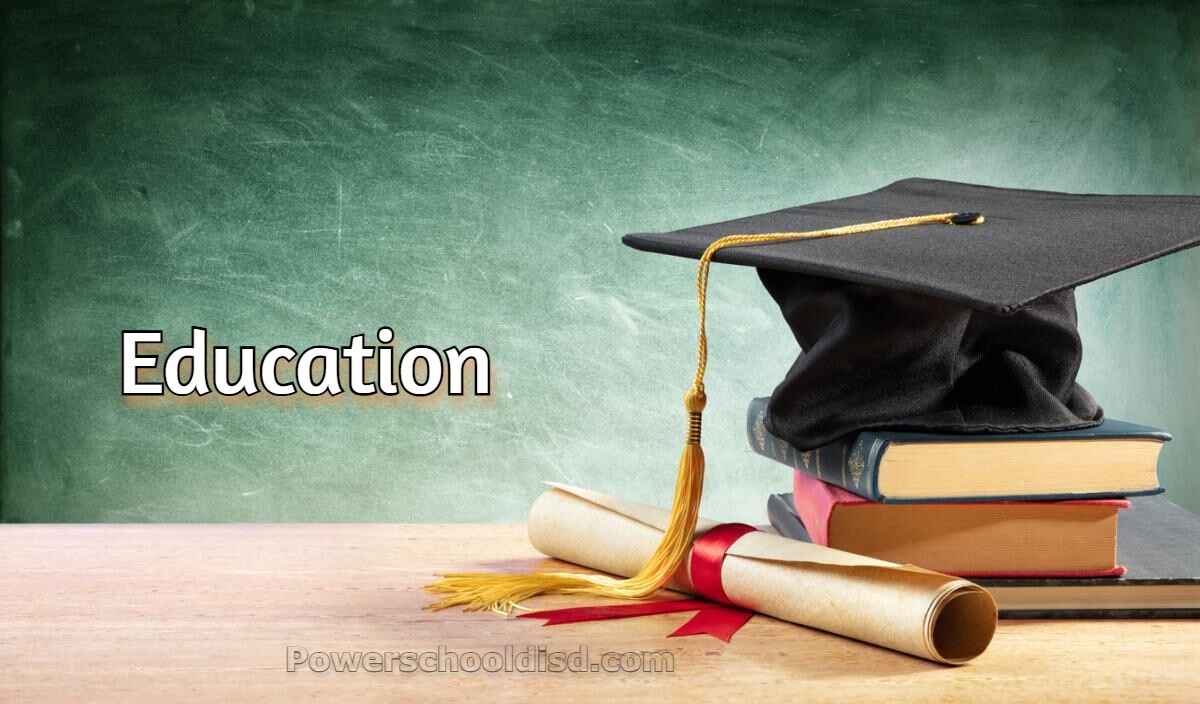
It’s just a reversal of earlier ways of teaching in the concept of a flipped classroom. In short, it’s just a new ideology.
And it also comes with the fact that every student gets to learn some things at home through online video and learning material or other media at home but then gets to class for the application process of all pieces learned through interactivity in group discussions and even problem-solving discussions.
They are taught in individual sessions. There are materials to be availed of and they would be using those during class. This way, the teacher can now focus his attention on how he could give them personalized help in attending to their inquiries and in getting them drenched in learning.
The flipped classroom also offers an opportunity in keeping learners interested in the class since they have to discuss and collaborate before classes.
Gamification: Enjoyable Learning
Gamification education refers to applying factors that show up within the games, including rewards, challenges, and even leaderboards in the learning process.
Here, it is reached in order to meet already set goals; thus, much work is done within students. People level up and points are built within the learning procedure through using game mechanics.
It fulfilled the requirement of every learner to do and learn, to achieve, and to get rewards. It made the learner play, take risks, and view failures as tools for learning.
It may very well suit younger students with whom there is more of an attachment towards competitive attitudes usually portrayed in game-like things, yet it itself becomes quite feasible with older students and makes learning enjoyable.
Collaborative learning- Group Problem-Solving
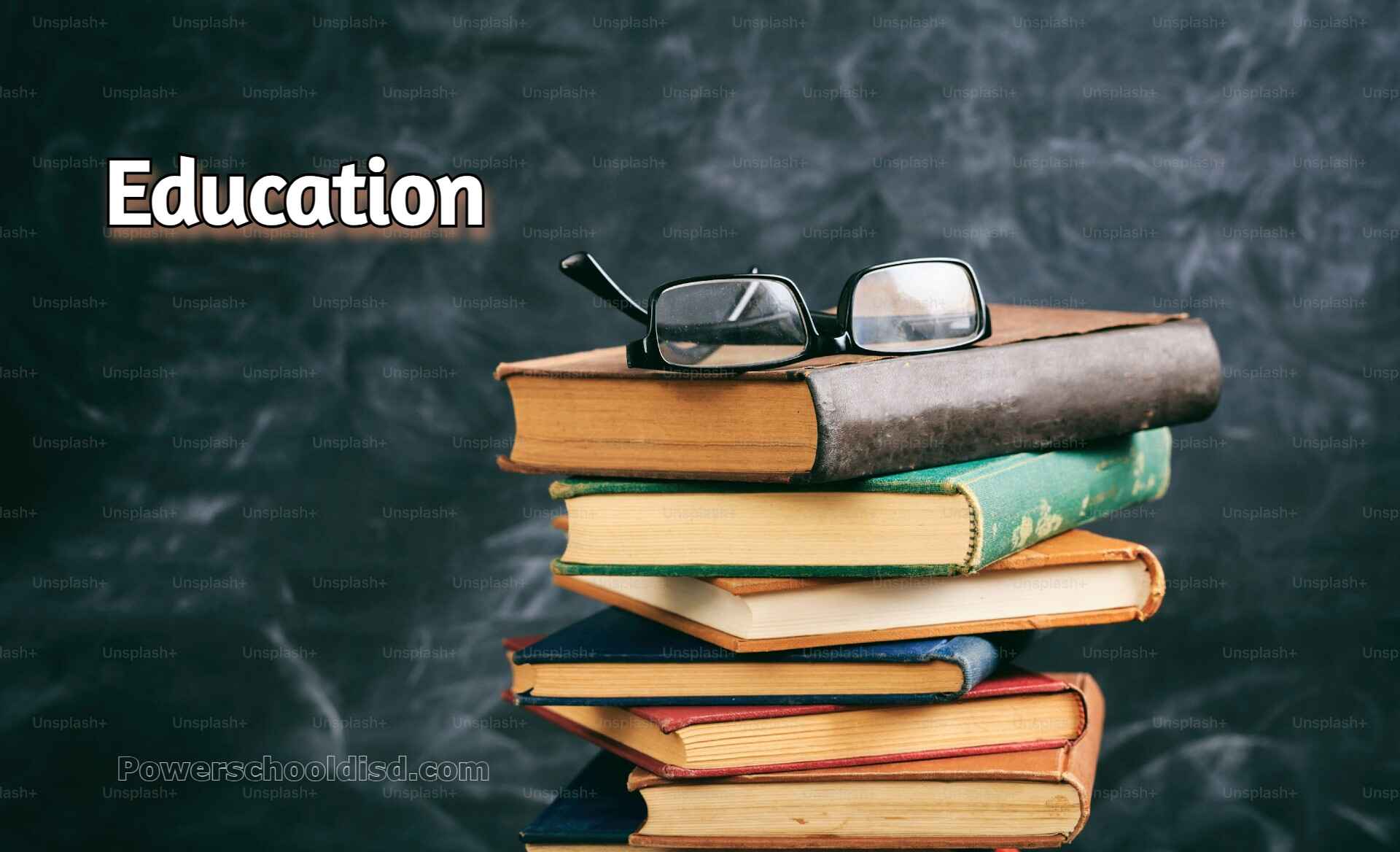
Collaborative learning enables the use of teamwork and peer interaction that will elicit the motivation of the learner to solve problems and share ideas and finish tasks as a team.
In this process, the students will assume responsibility and accountability besides learning how to communicate and socialize.
Group work provides the student with the pool of strengths and perspectives; thus, it diminishes the pool of uncreative solutions.
It helps the student learn with his fellow companions and is, in fact, very dynamic for teaching because it is much more exciting and amusing.
For that reason also, online collaborative learning is very accessible even to the students by making them accessible through online collaboration software, such as Google Docs, Zoom, etc.
Questioning to Drive Learning: Inquiry-Based Learning
This inspires a student in terms of his questions, inquiring into matters he has an interest in and trying to try and find those answers.
Unlike lecturing or books it allows a learner to take control over the whole learning process so stimulated then intended to create this curiosity and more critically think.
In an inquiry-based classroom, the student is given a problem or challenge for him or her to find the solution.
He or she will then conduct research and experimentation, seeking advice from others who could be experts in the subject, to reach a solution.
Thus they learn much better since they are very much involved in the process of learning and source information for themselves.
SEL: Building a Strong Learner
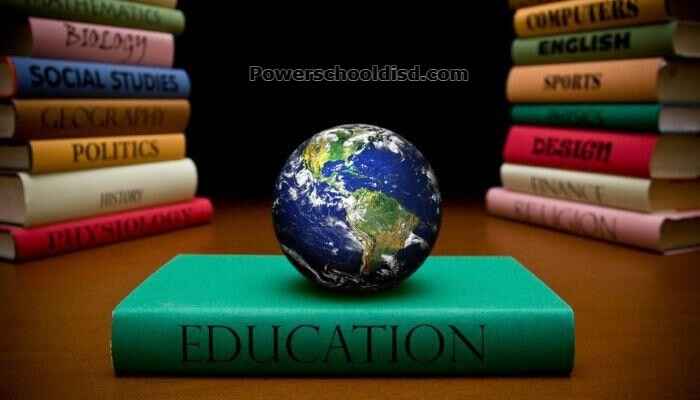
As much as SEL has gained high momentum in schools over the last two years, many school-going children have received emotional training in areas like self-awareness, self-regulation, empathy, and general relationship building by SEL.
One of the most necessary areas is to the benefit of the students in pursuit of life ahead, too, after school.Now, SEL finds its way as part of a curriculum by an innovative approach of education for learning students building resilience, decreasing the stress or even giving significant interpersonal skills.
Whenever education focuses on SEL, the given environment becomes correct for them since it will create a platform or space safe in which a child can freely convey his ideas, learn from failure, and emotional growth.
Adaptive Learning: Technology for Personalization
Adaptation of technology will change the content and experience of learning by algorithms and data for each student’s ability and progress. That is what an adaptive learning platform does: change the level of difficulty according to their needs based on a real-time analysis of performance.
This ensures that at any given time, the students undergo perfect measures of challenge. Thus, adaptive learning platforms are a frustration shield from tasks too challenging as well as boredom from a task probably too simple.
Large classes require adaptive learning platforms since it has become hard for a teacher to give individualistic attention to the student by having adaptive learning as an added virtue.
Virtual and Augmented Reality: Immersive Experience
Virtual and augmented reality are emerging technologies. Virtual reality is when the whole student gets absorbed by an alternate virtual world. Augmented reality overlays digital information onto the real world. Both ensure very interactive, engaging learning experiences.
Such things can be done through the use of VR: travel around the world; also, visit historical monuments or even do experiments in science in a virtual way. AR can make difficult subjects in biology, chemistry, and mathematics something that will be visually pleasing for them to learn.
Both can provide hands-on learning. That is, whatever they read about or are lectured on becomes something they can feel themselves and therefore remember better, as well as understand much better.
Future of Education: Innovation
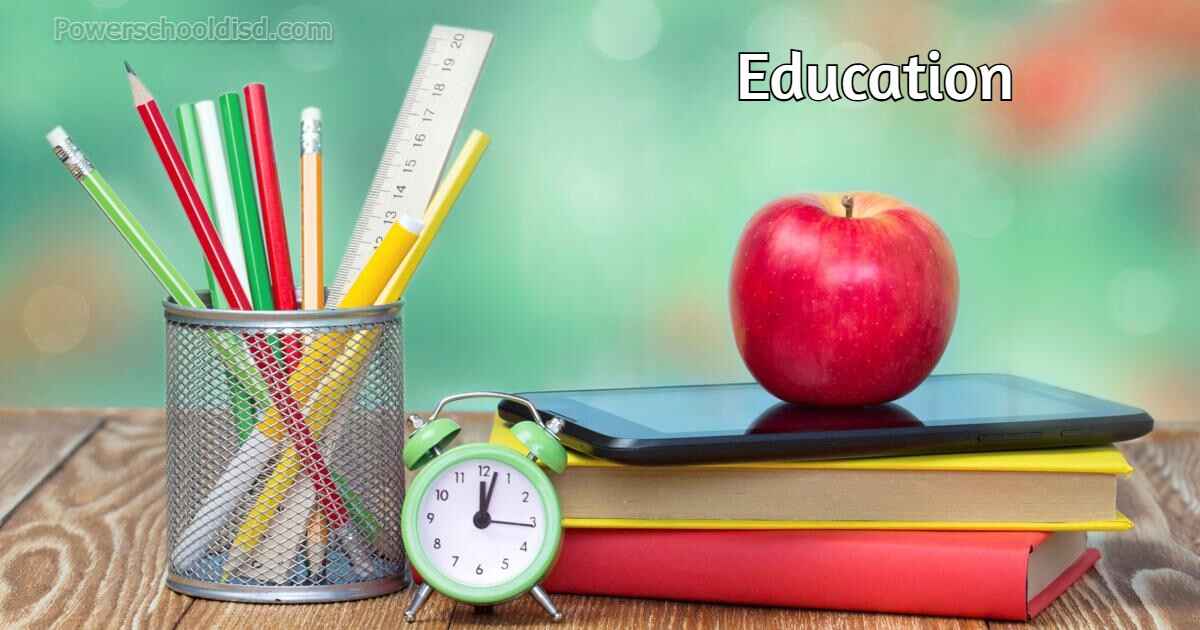
Since society is always changing, there is a time we never actually finish innovating the way we interact with education.
The above examples-personalized learning, project-based learning, gamification, and use of technology, among others-were just a minor portion of the tremendous change in how we approach education.
Education for tomorrow will, therefore, be absolutely flexible and diversified in terms of experience and skill-based on how to survive and thrive in this fast-changing world.
Innovative since it makes the learning environment not only to get creativity but more so, to prepare for the challenges and opportunities of tomorrow.
Conclusion
This new educational methodology has been changing how the students learn, as well as the method through which the teaching is being carried out.
It is now becoming project-based, adaptive technology-based learning; this makes the whole process of learning no more to be very individualized but very exciting and involving.
It will thus end up with an academic learning experience that is greatly improved while furthering skills in critical thinking, creativity, and emotional intelligence-all absolutely a must in today’s 21st century world.
The future of methods in education reform is definitely going to be innovation as the very first tool in the training of successive generations in order to meet the challenges and opportunities ahead. It could be technology, cooperation, or creative problem-solving.
The future of education indeed promises interesting times about how these approaches will continue to evolve and transform learning opportunities for students everywhere in the world.

